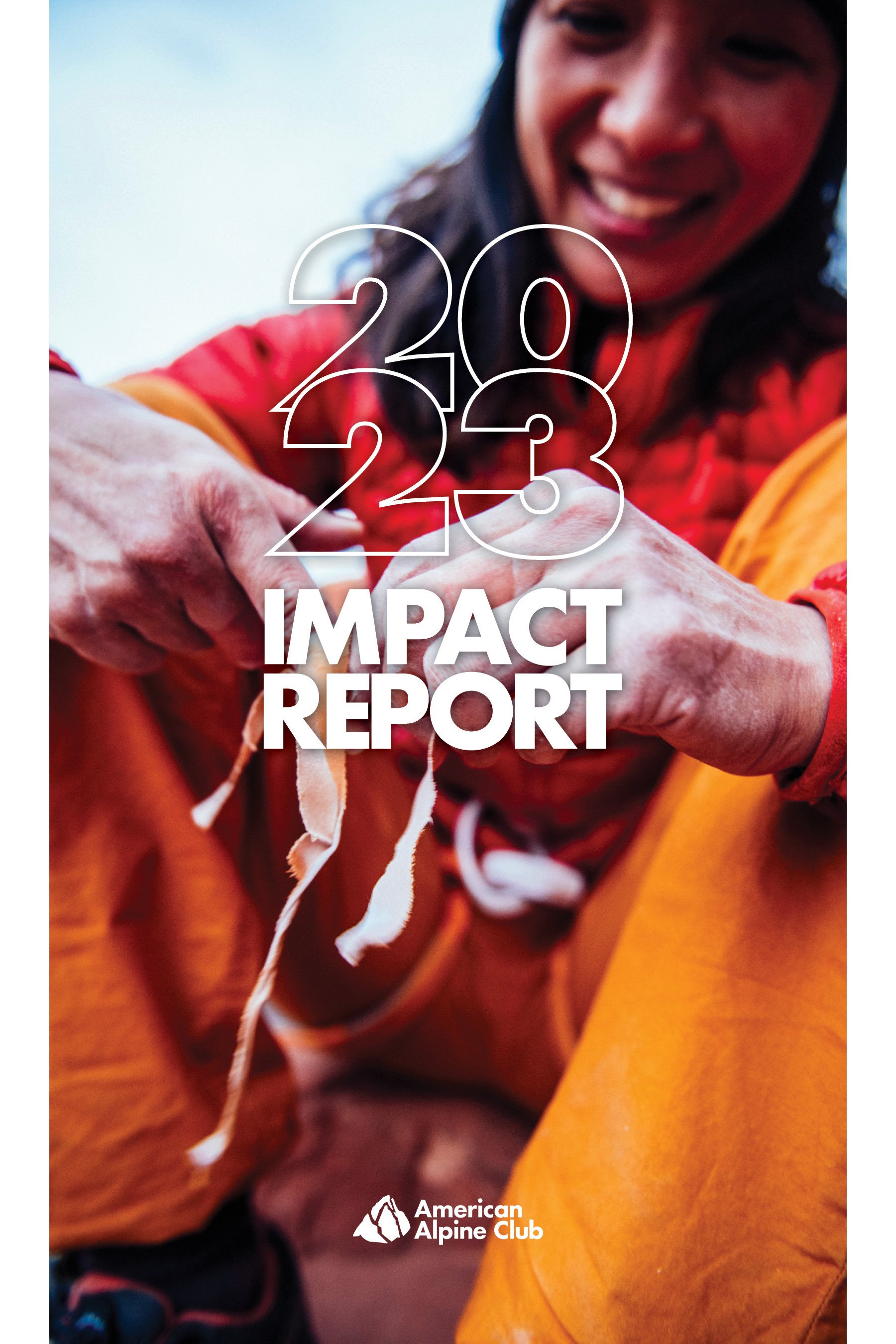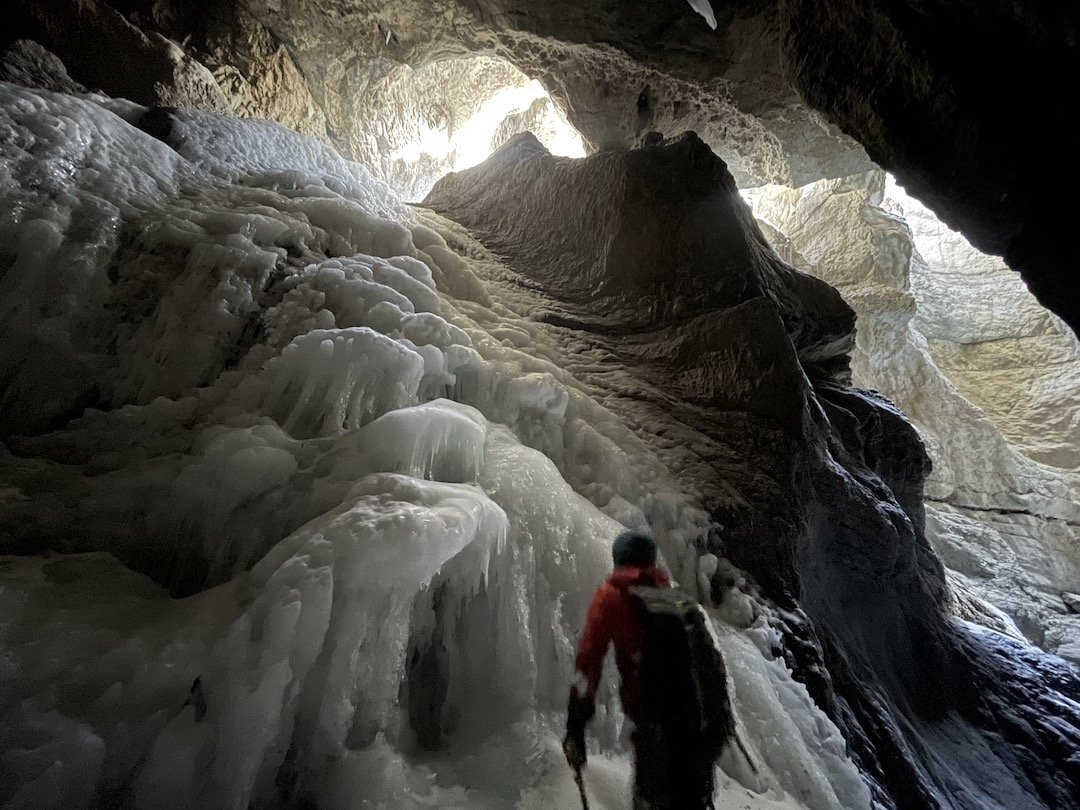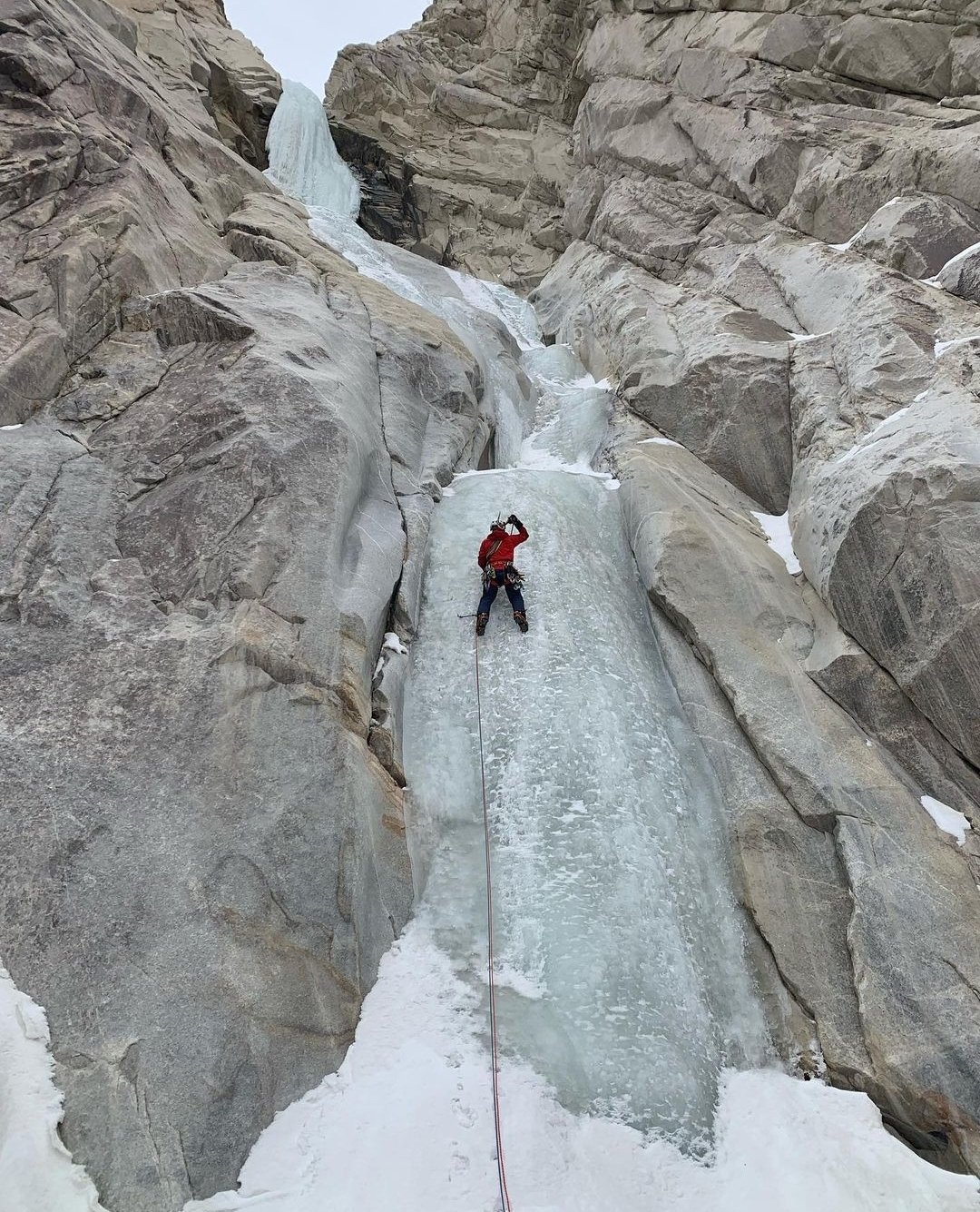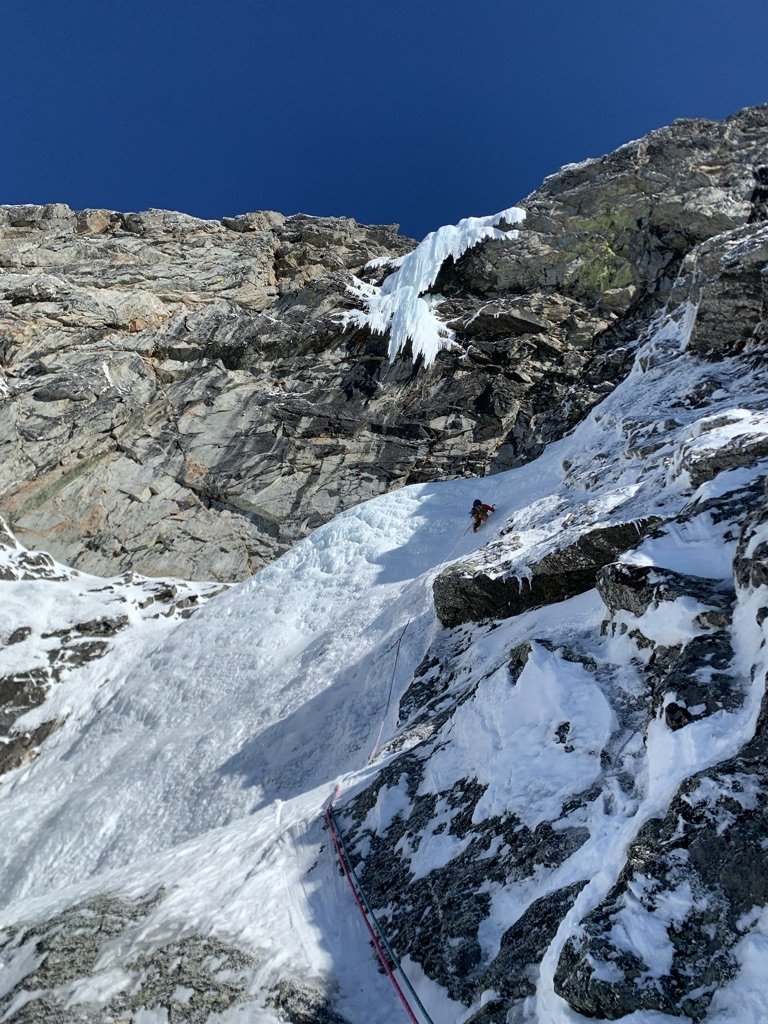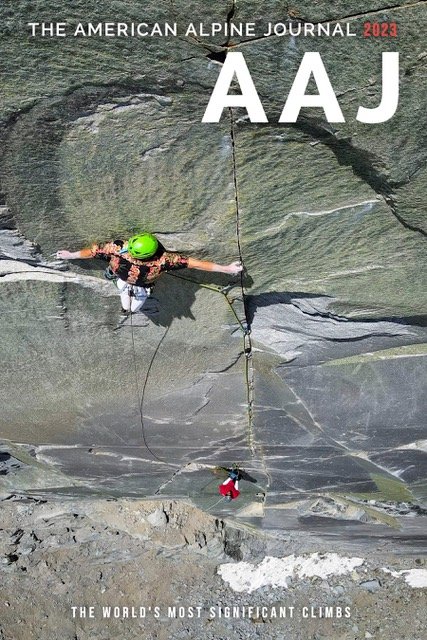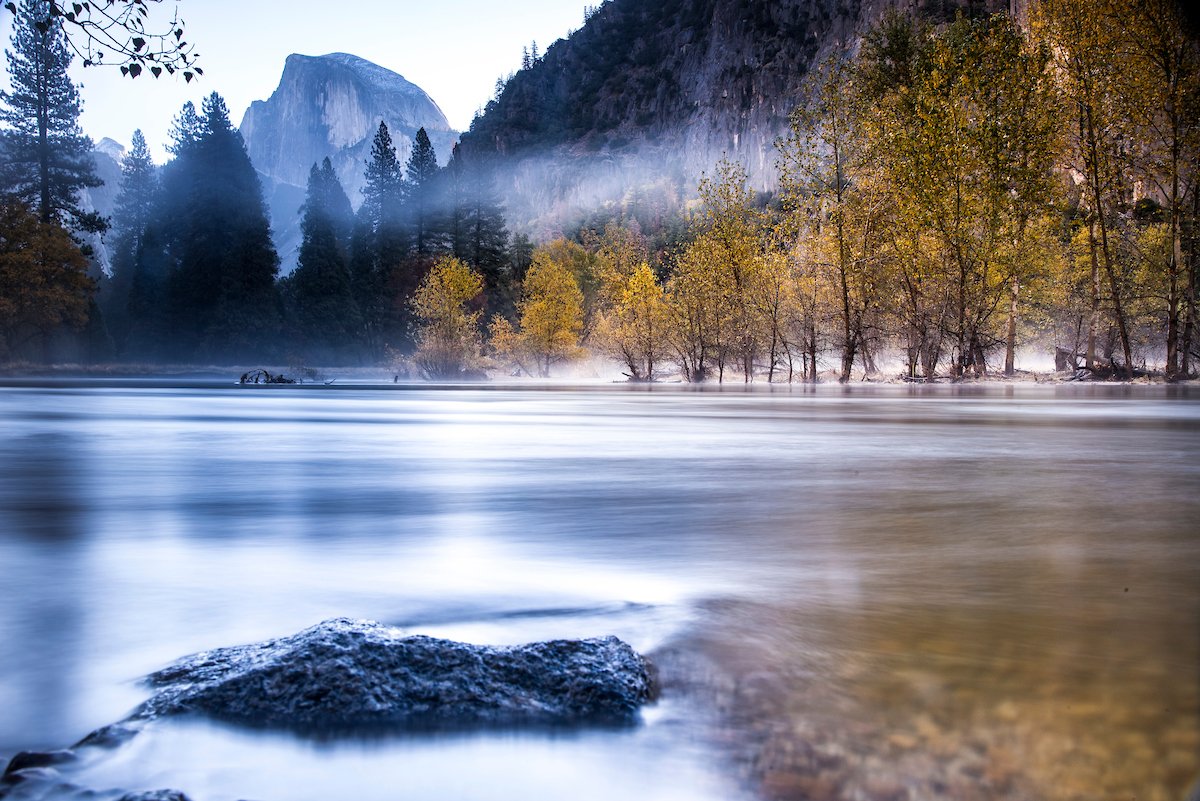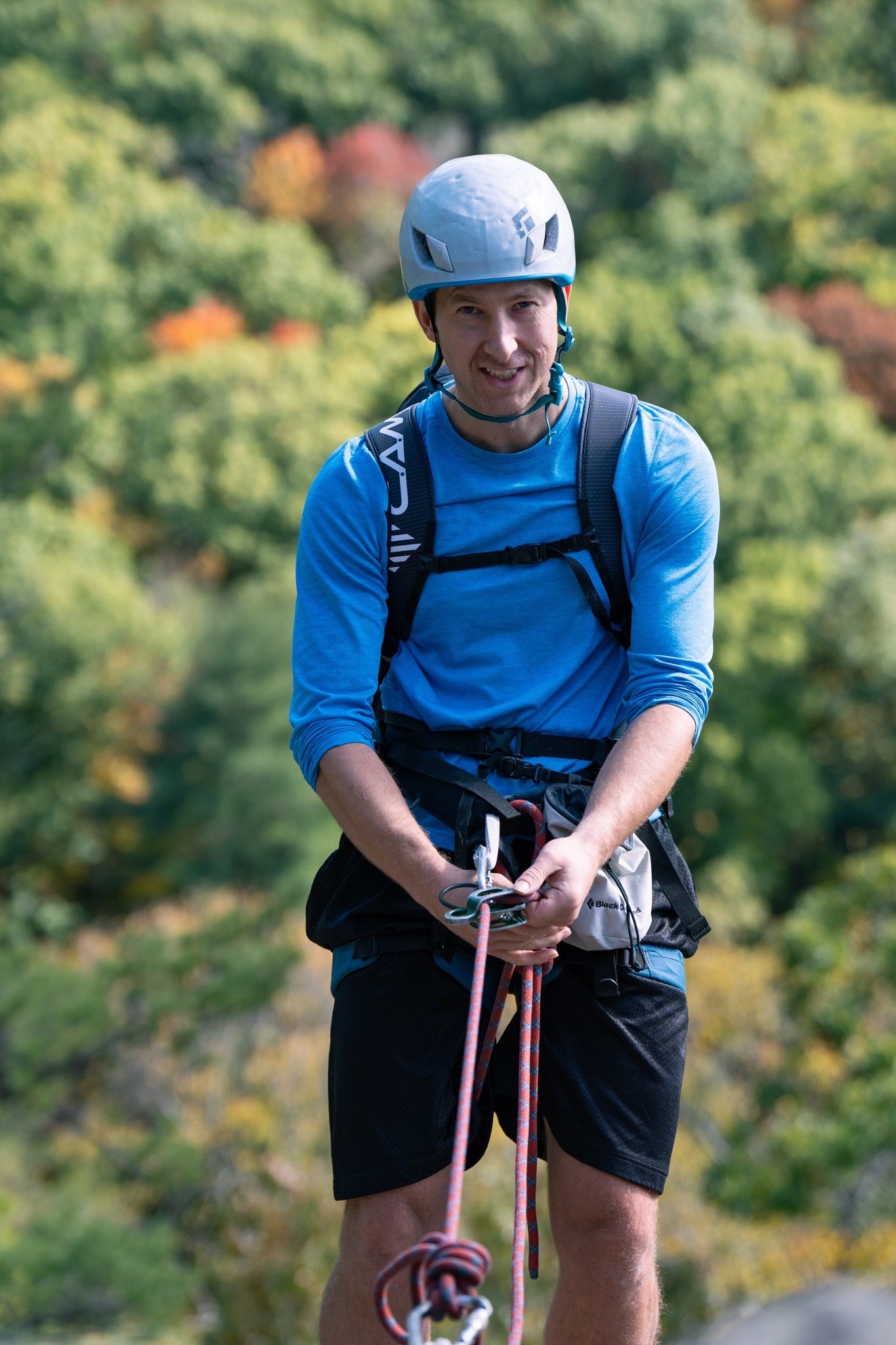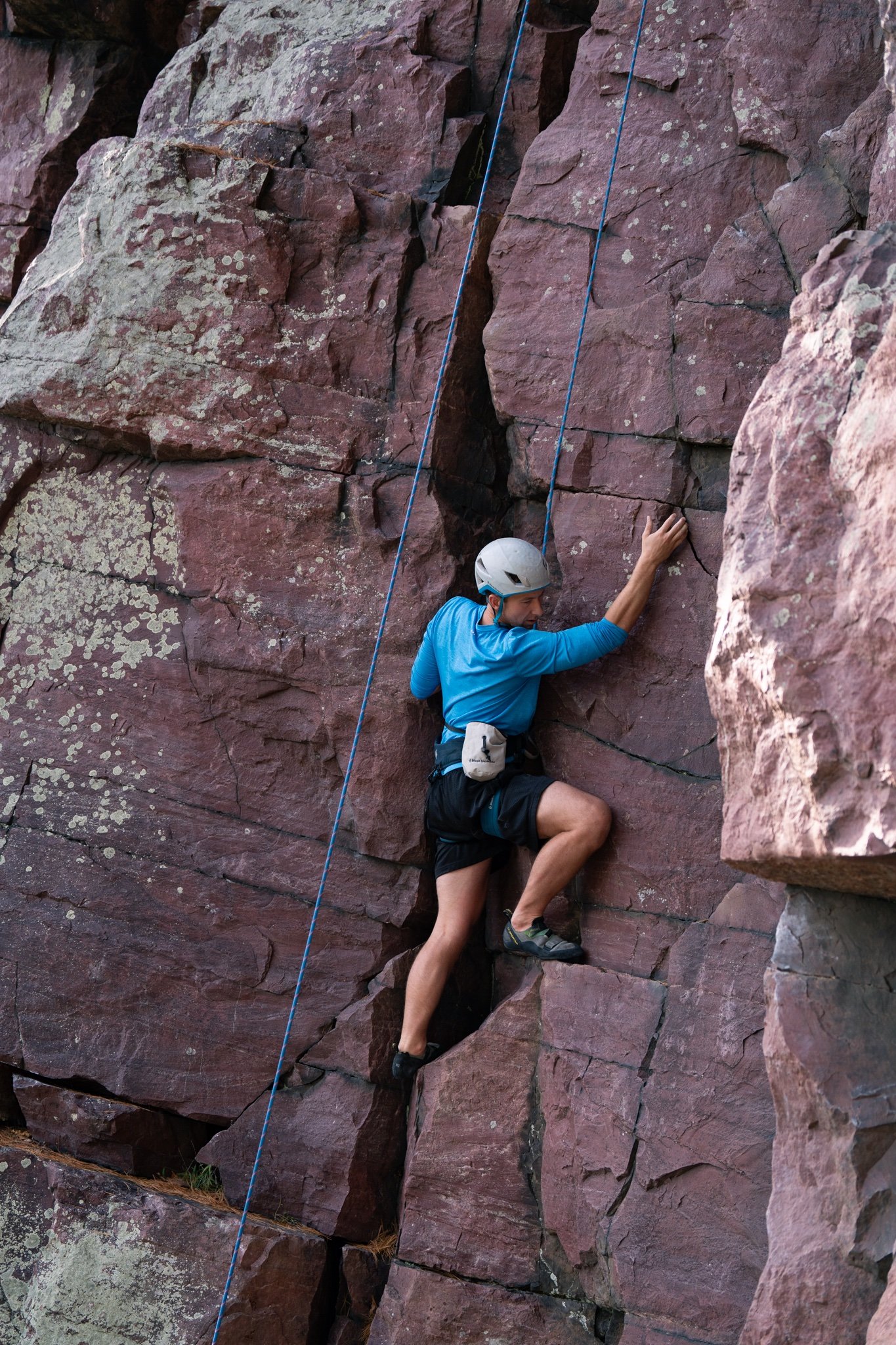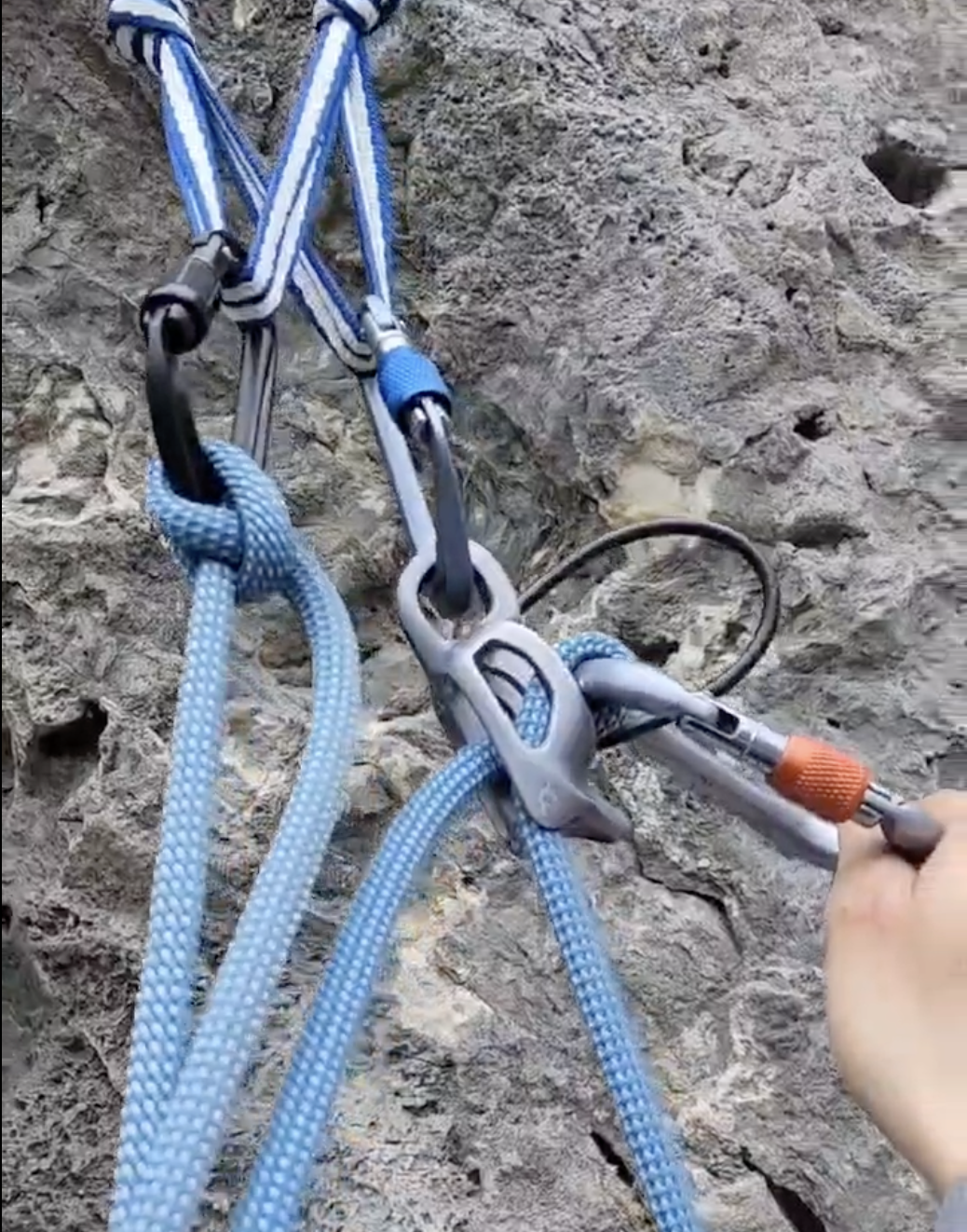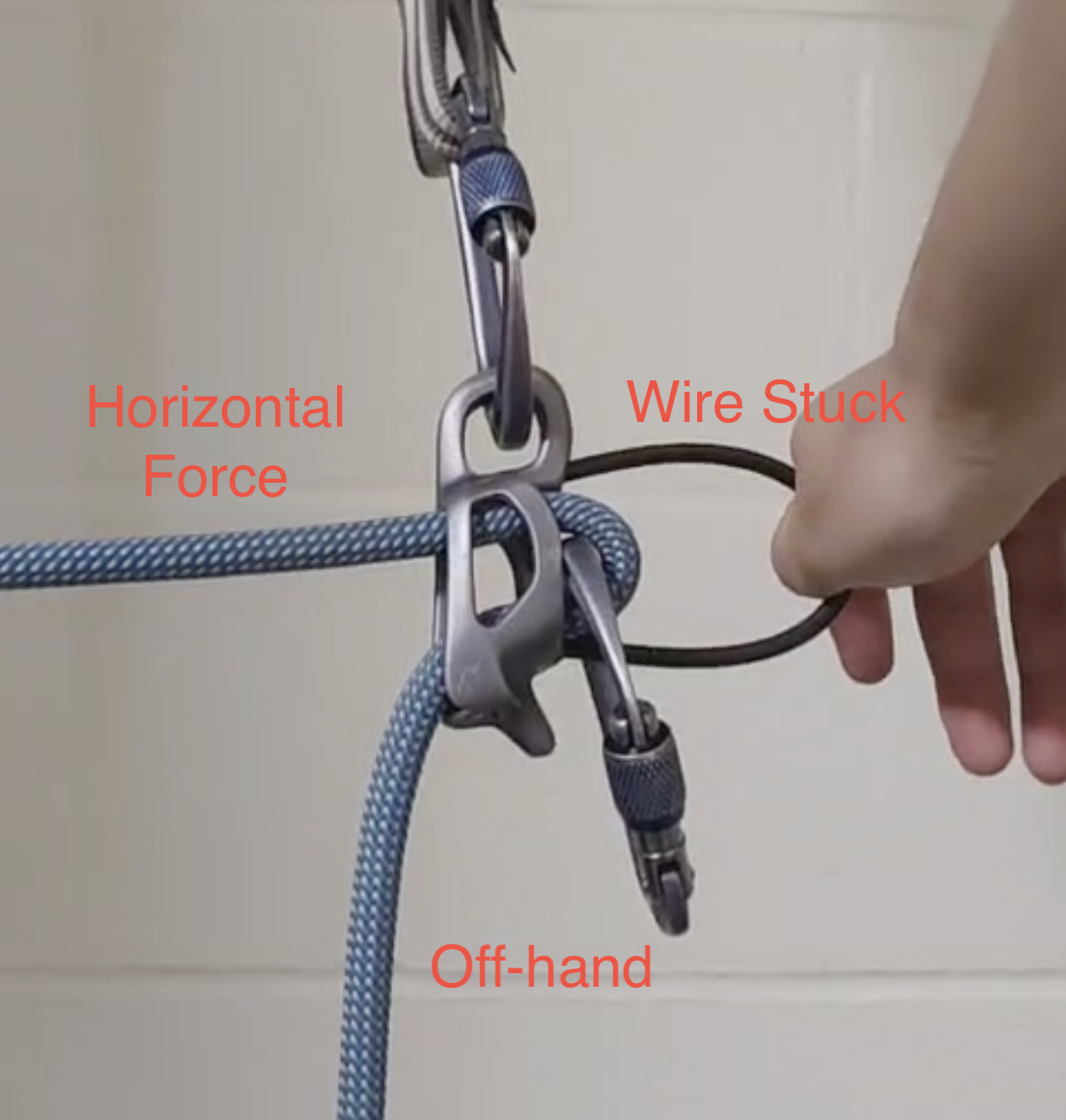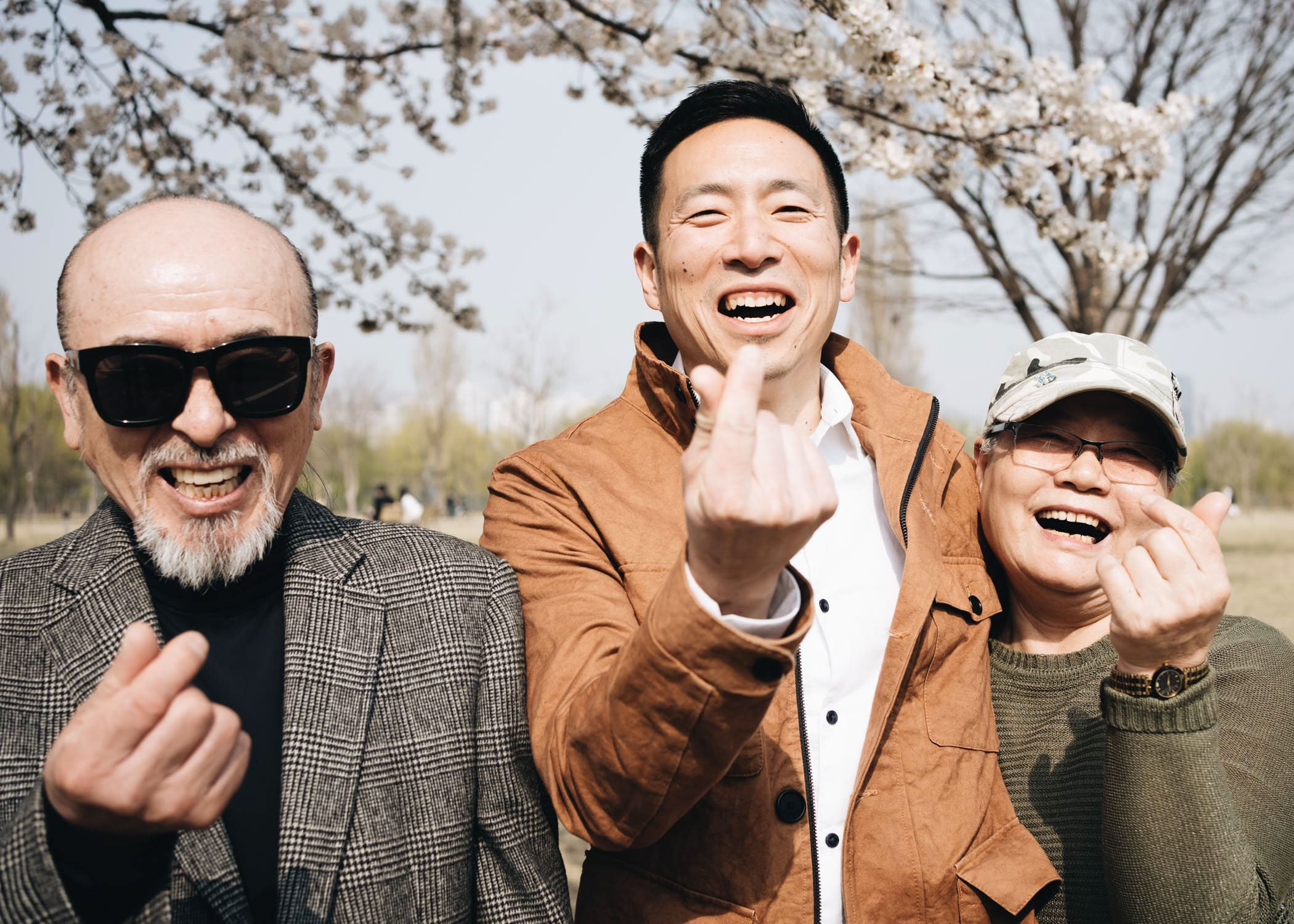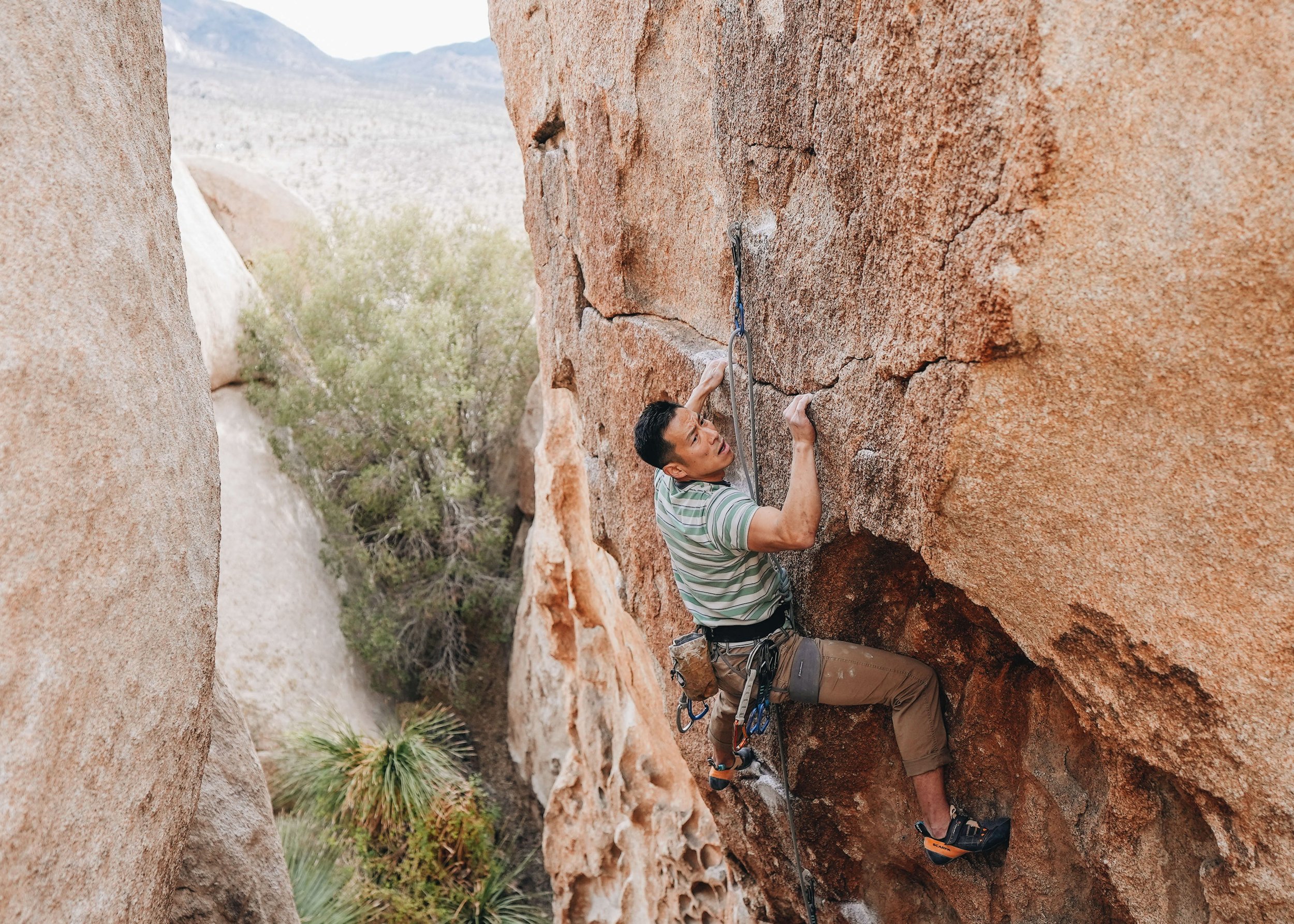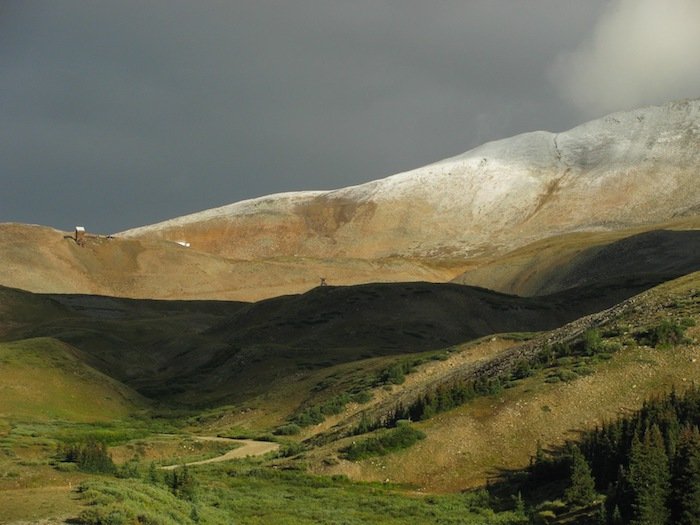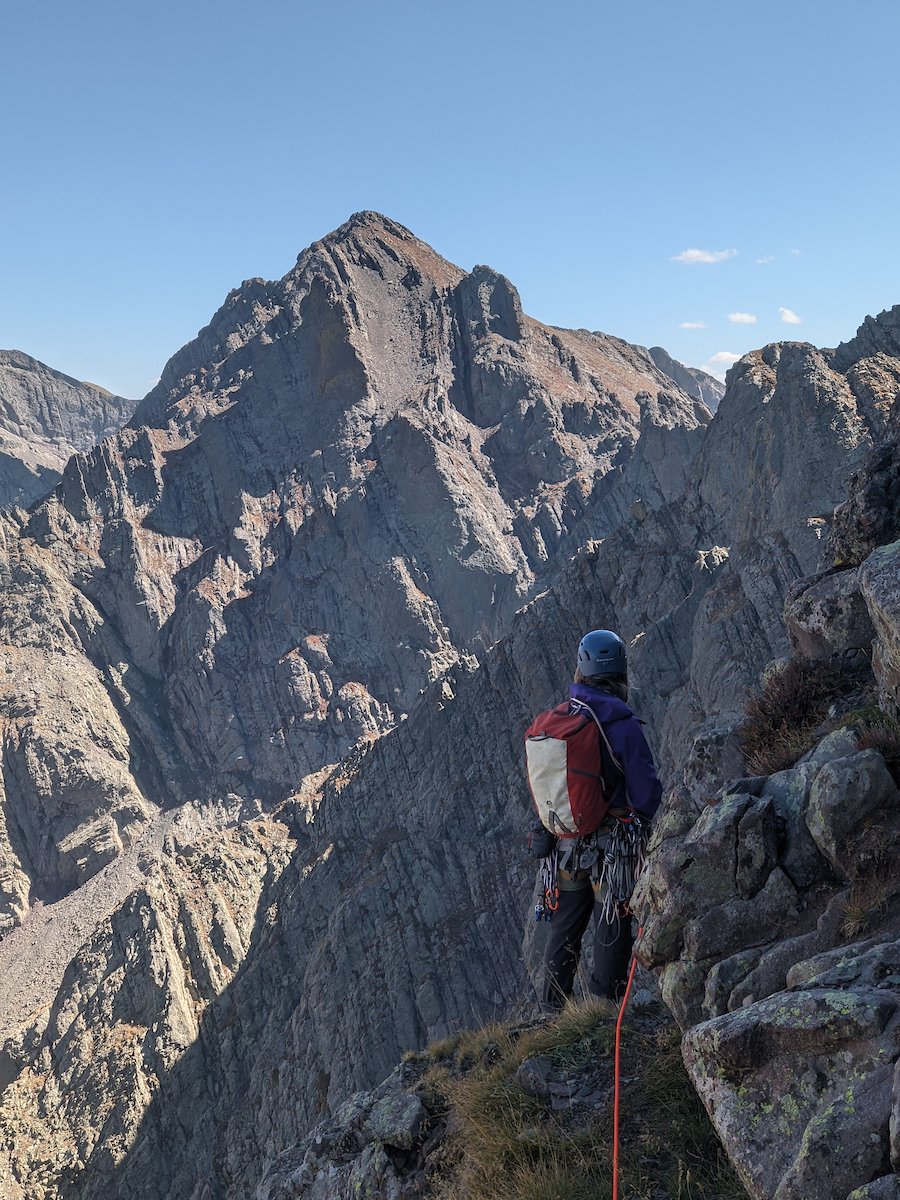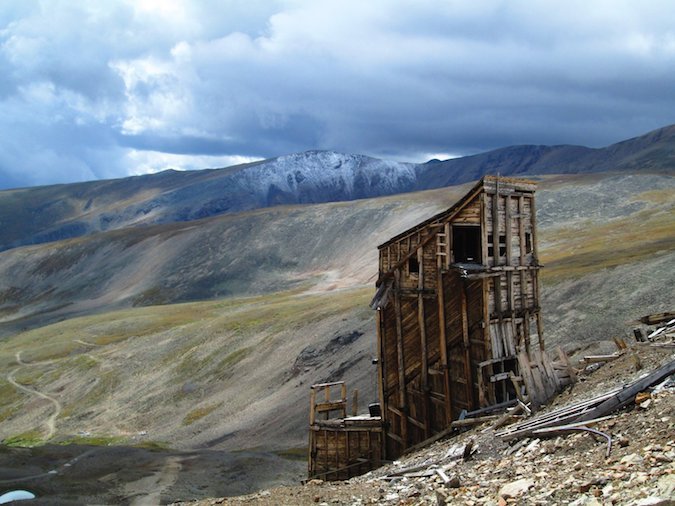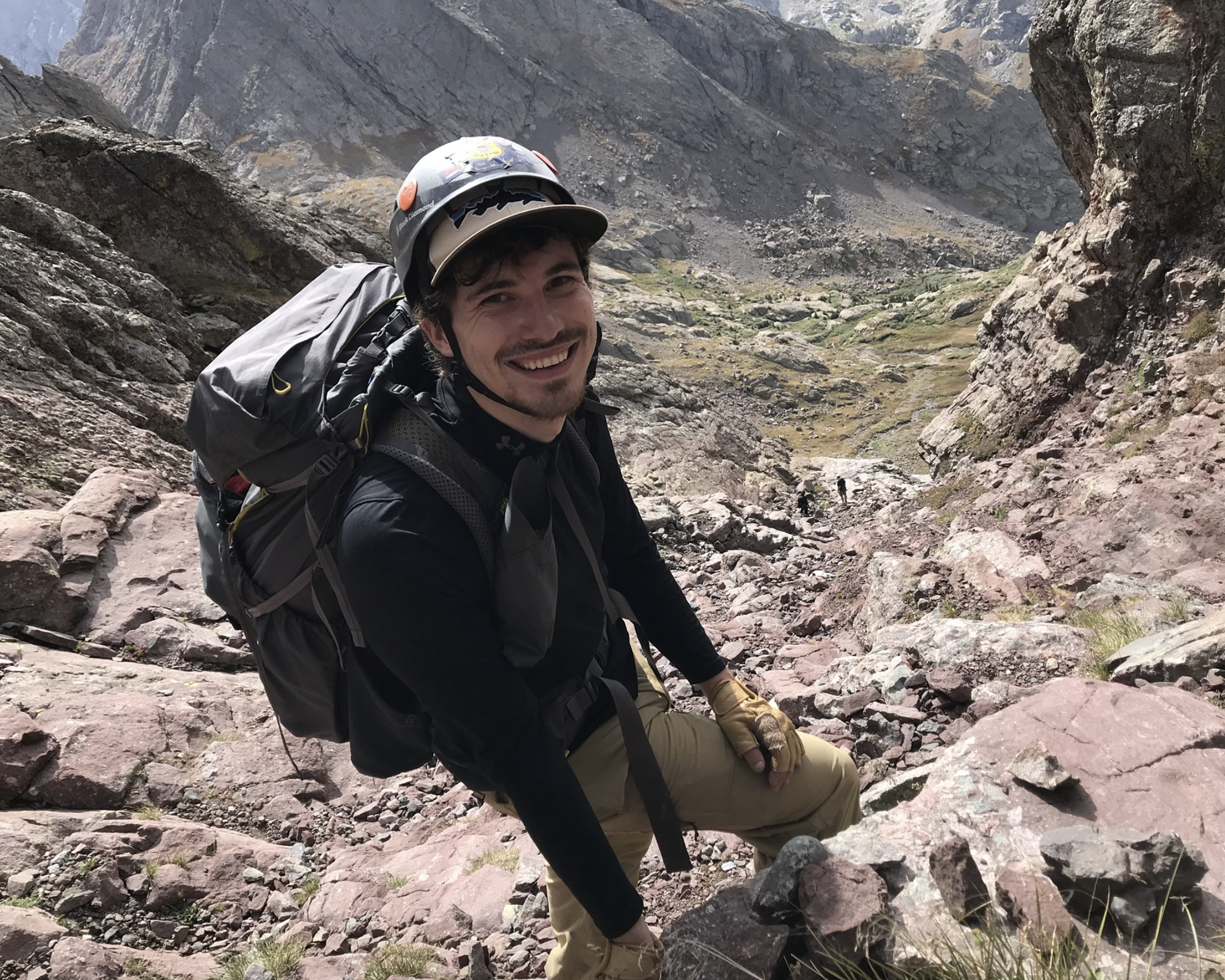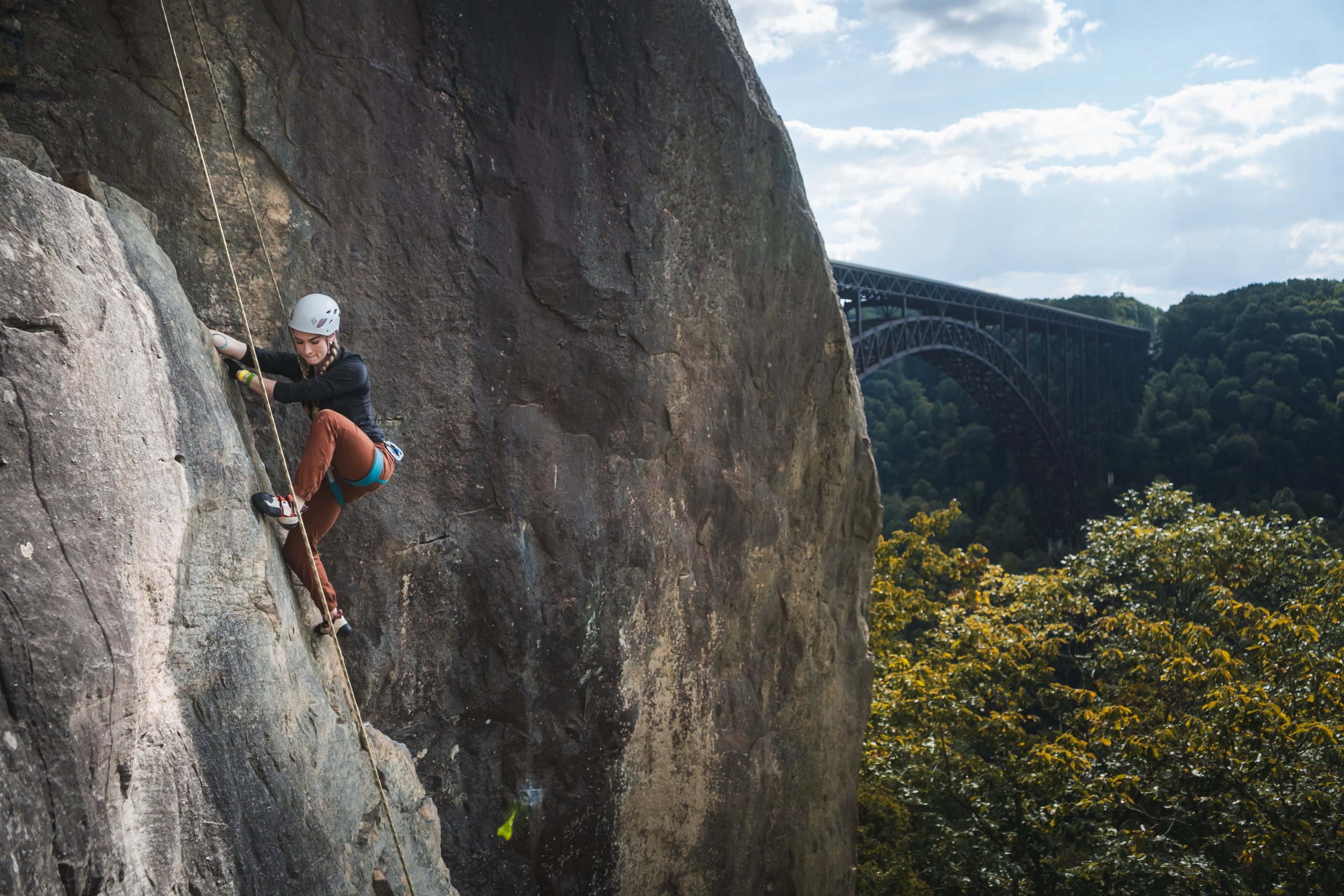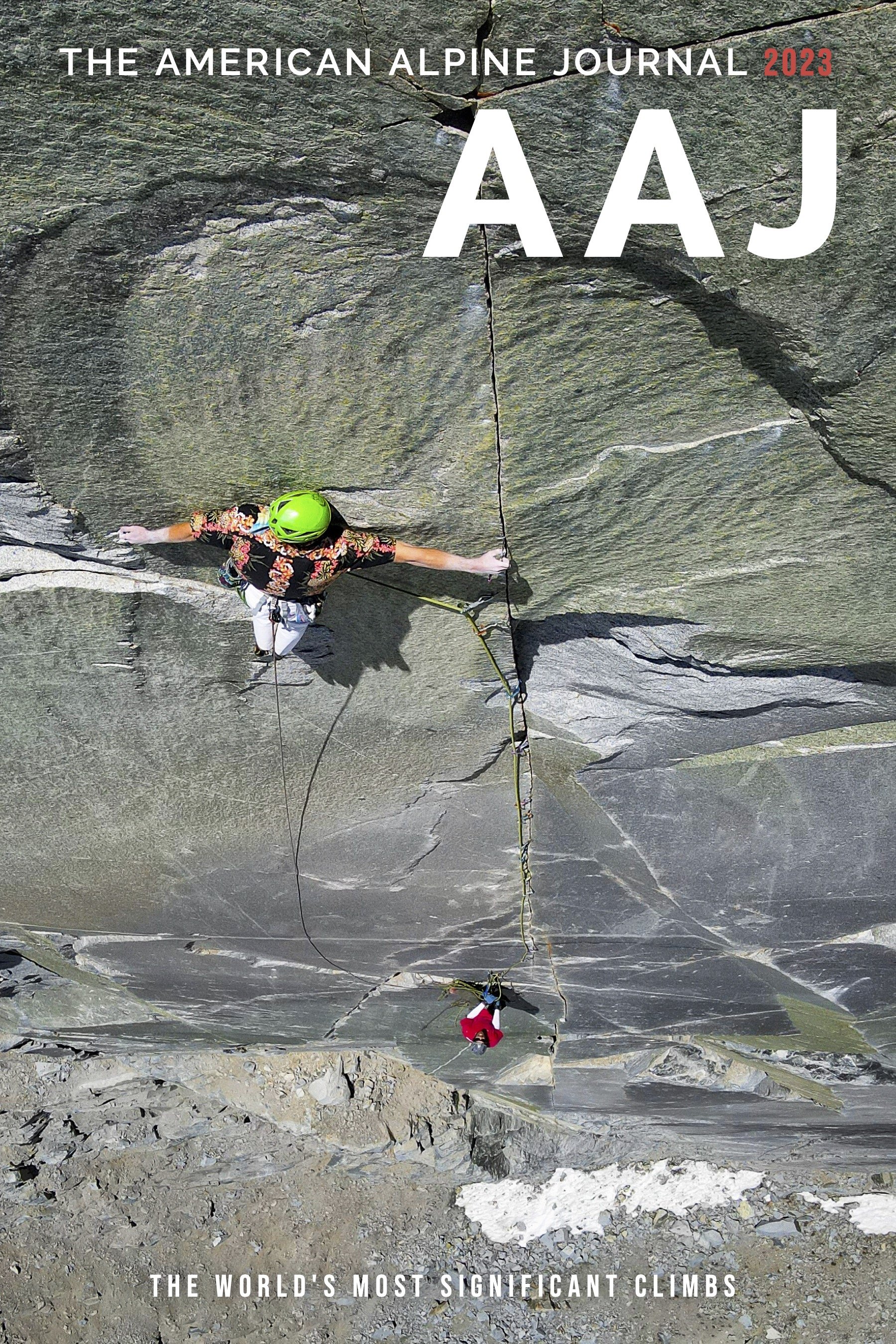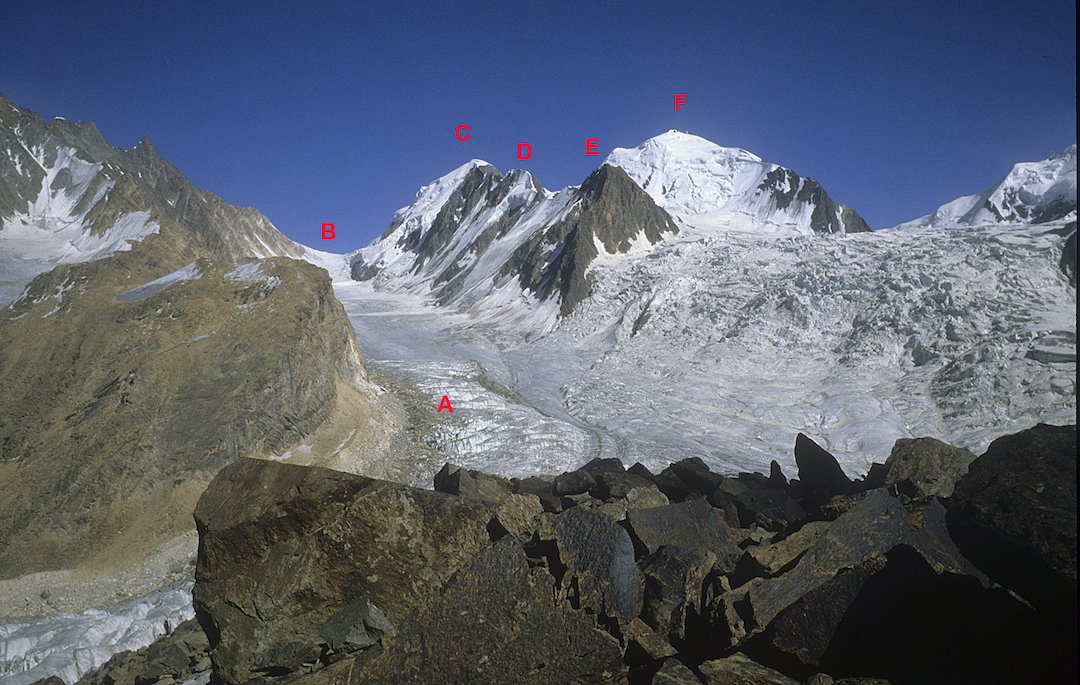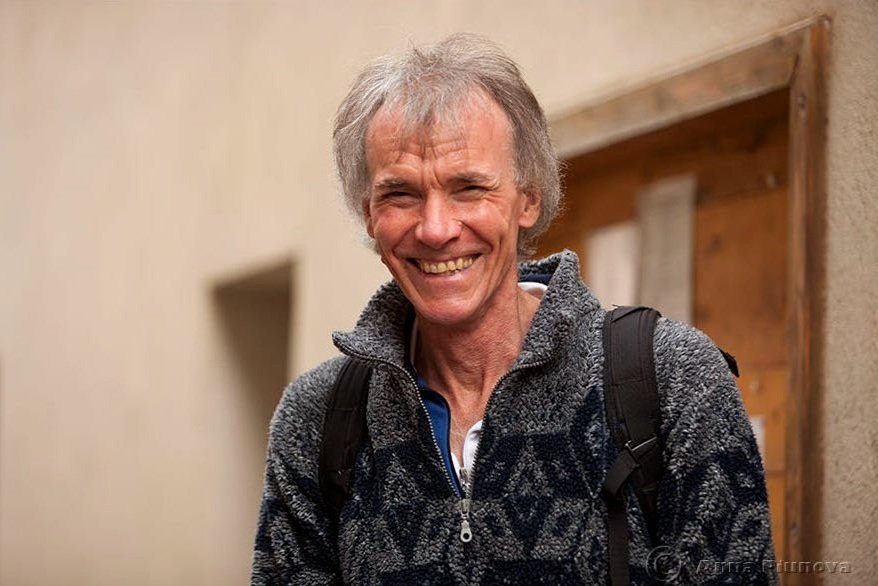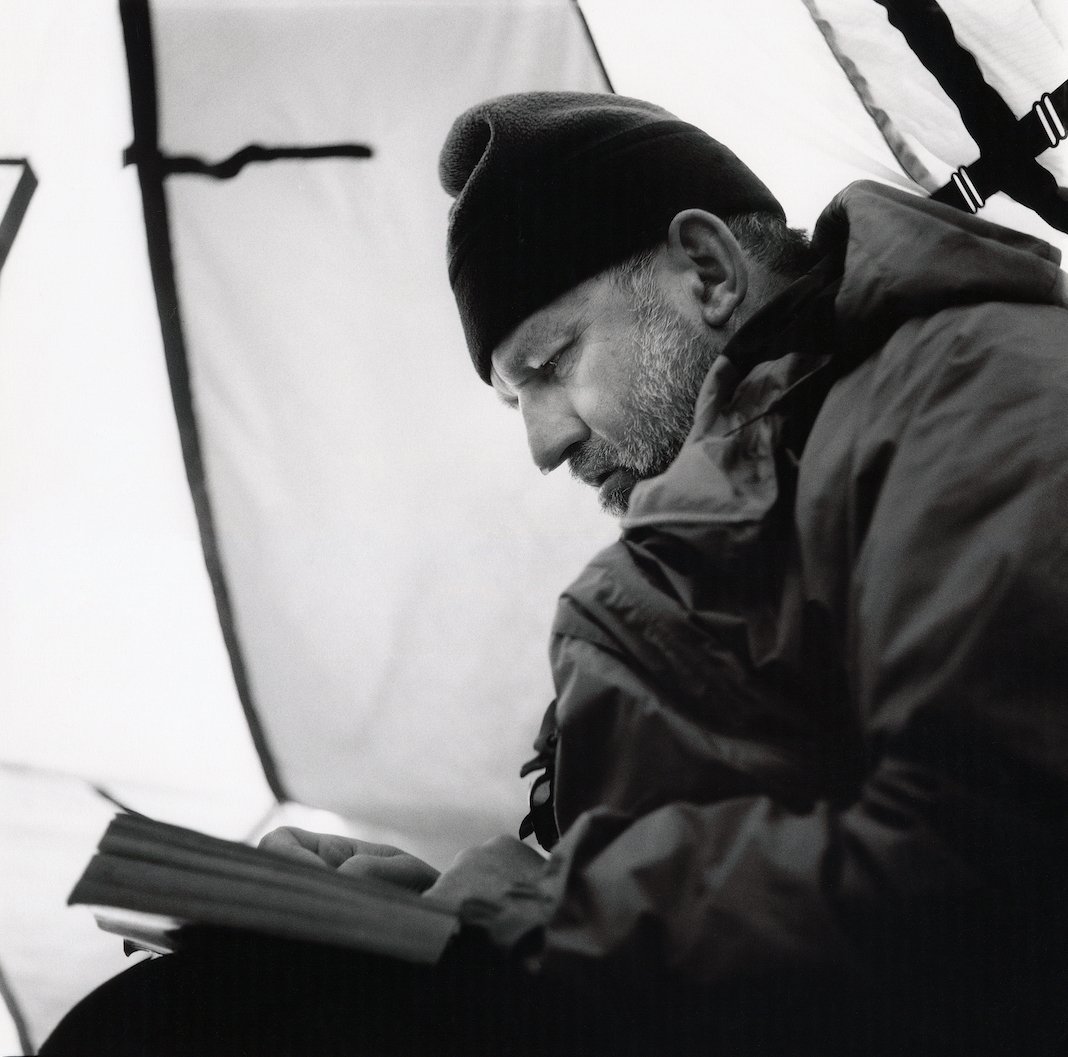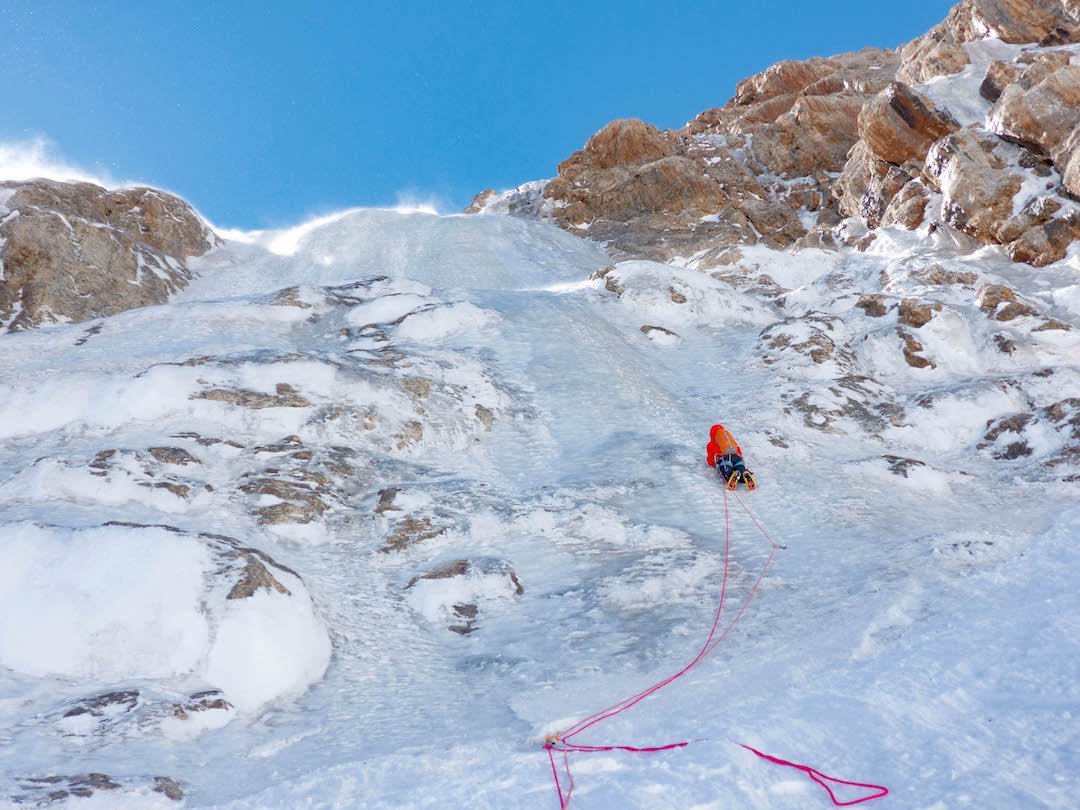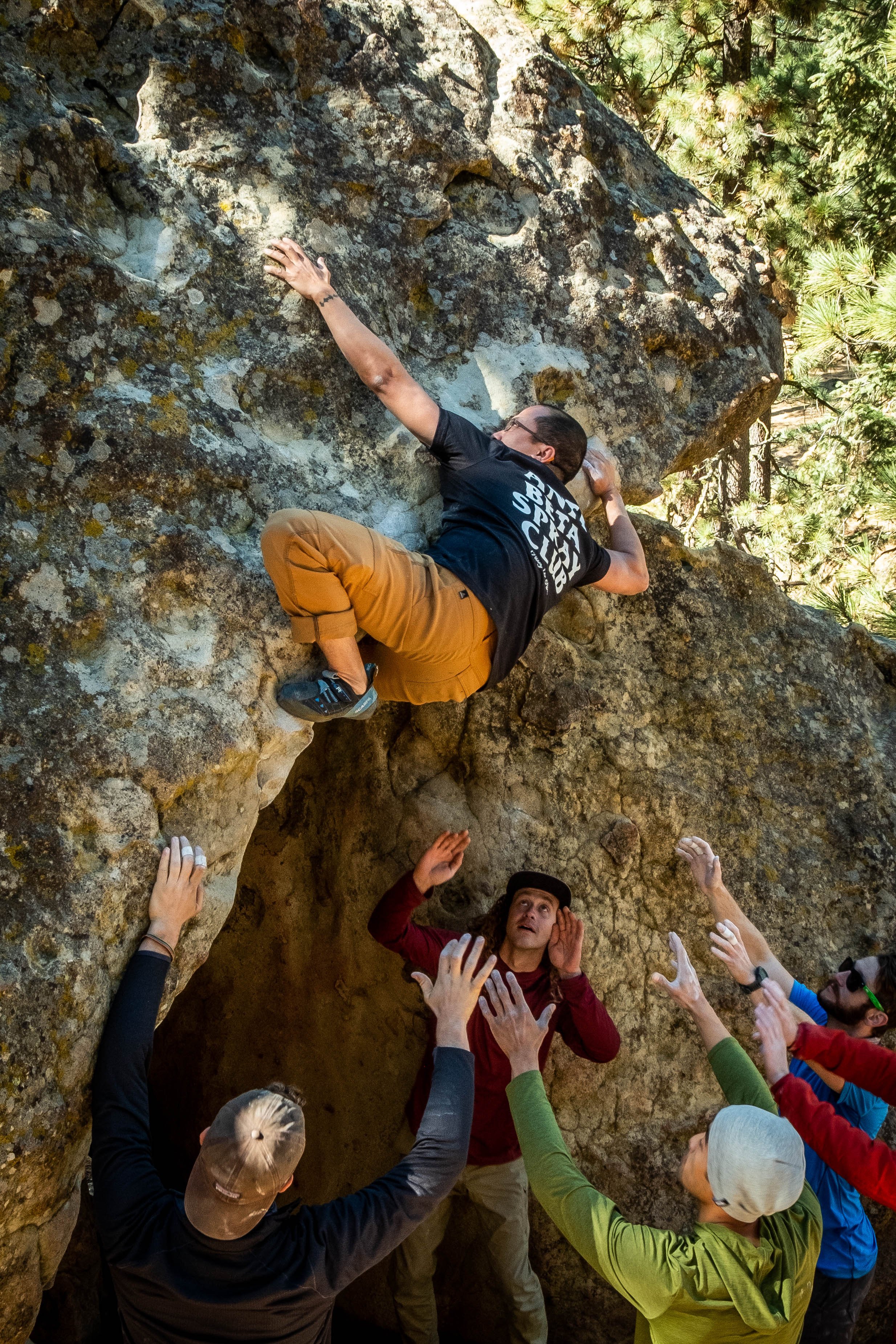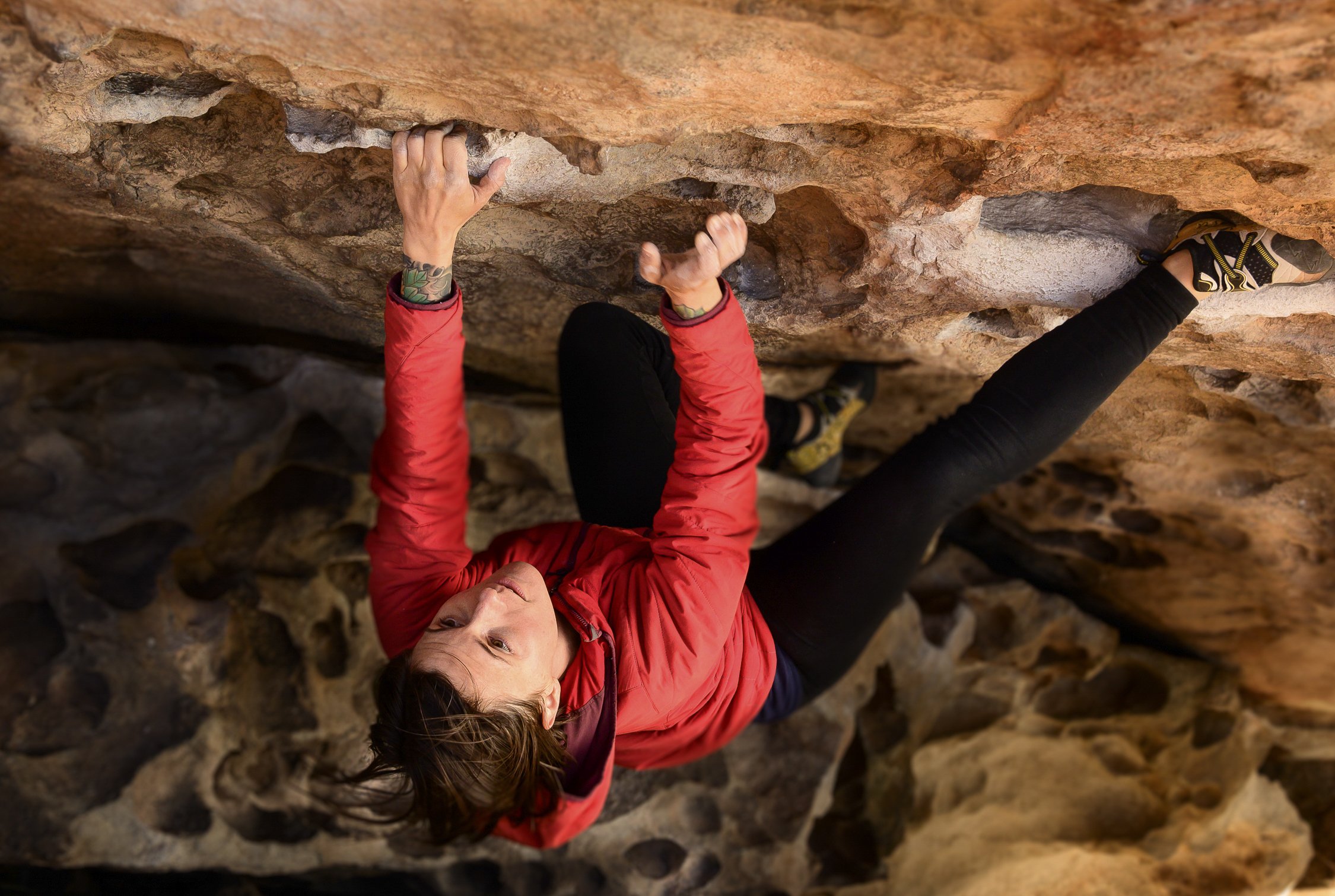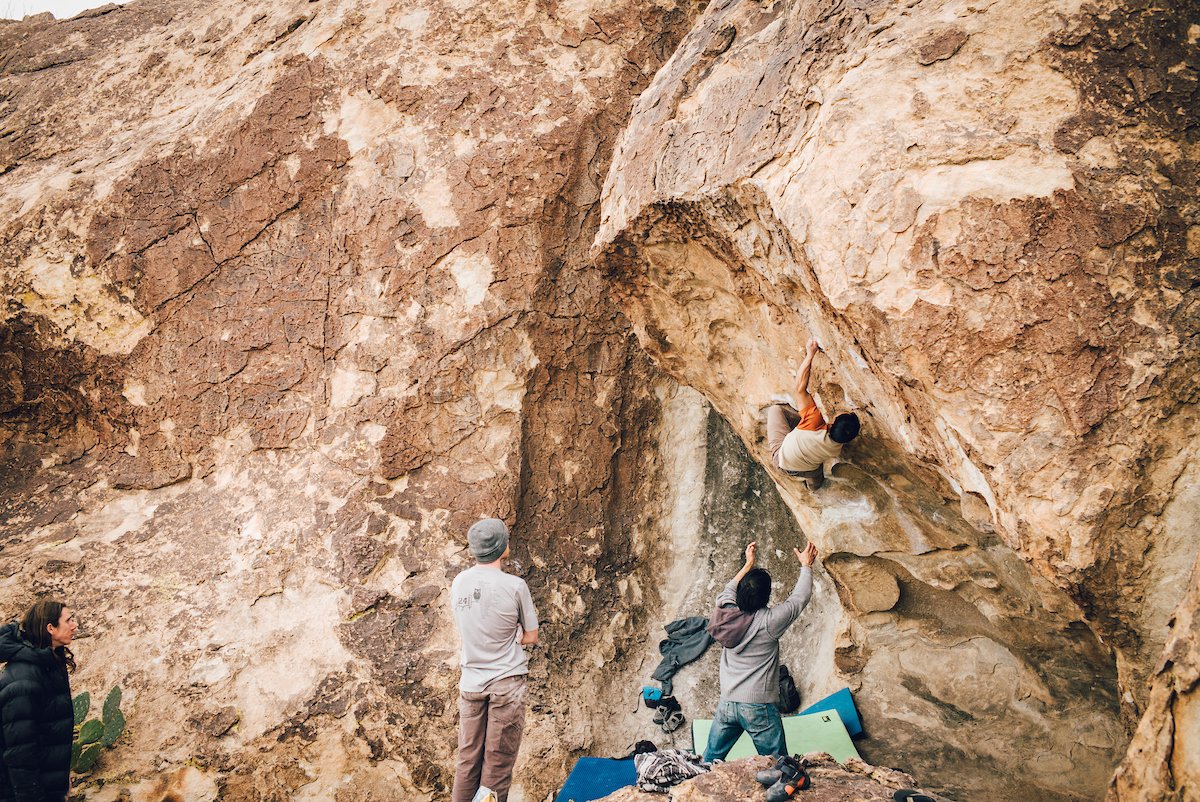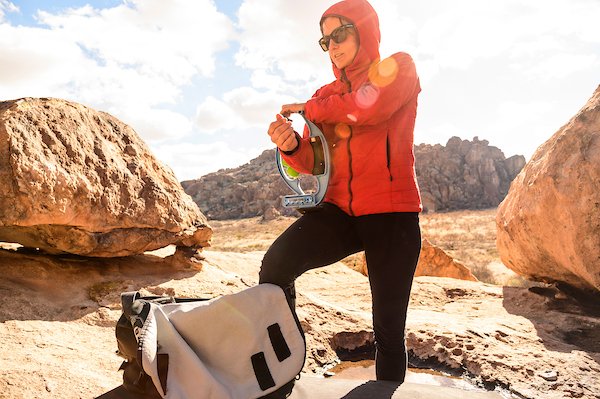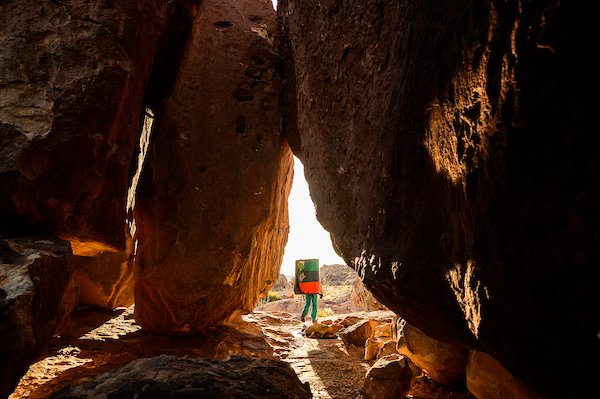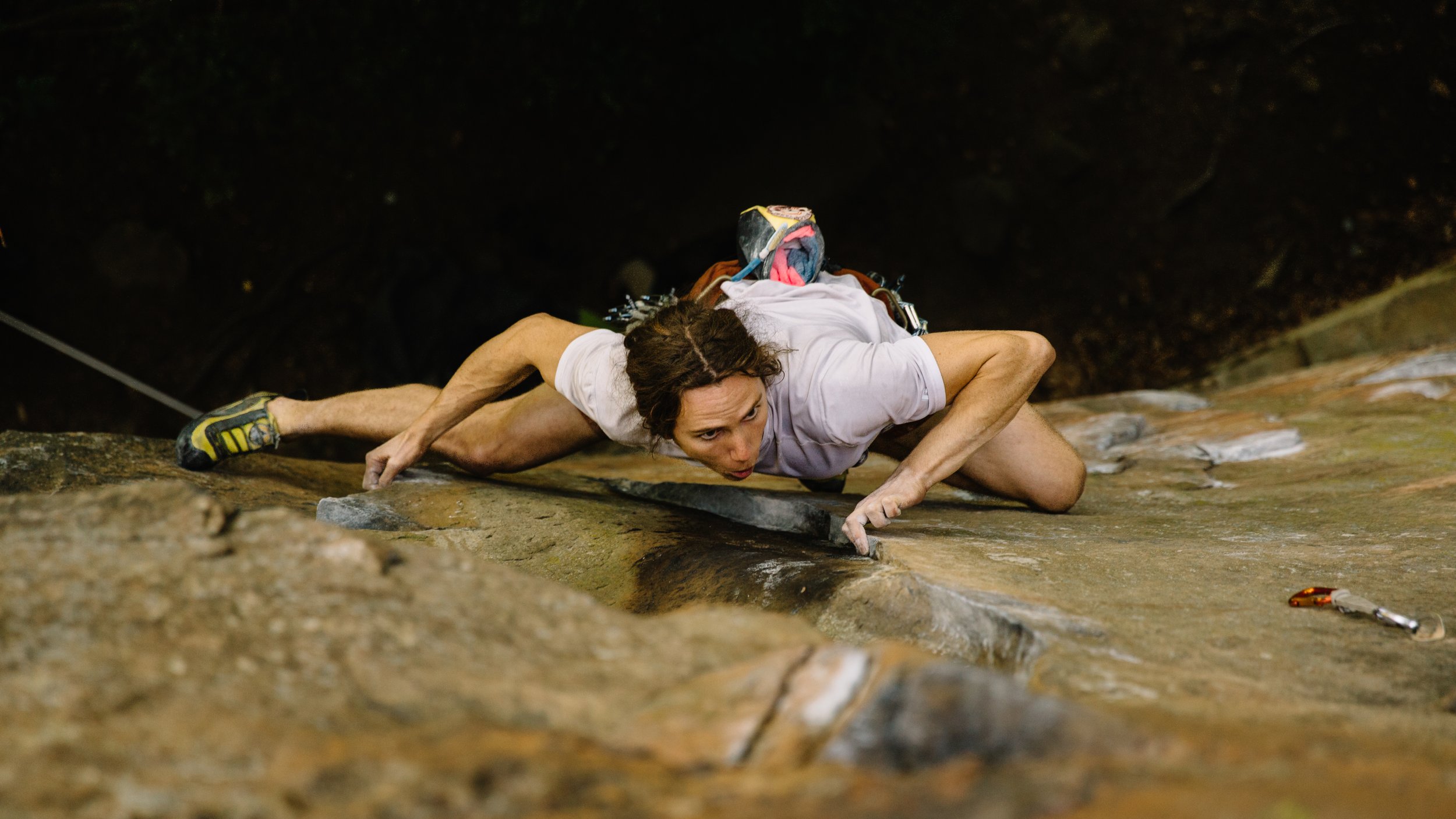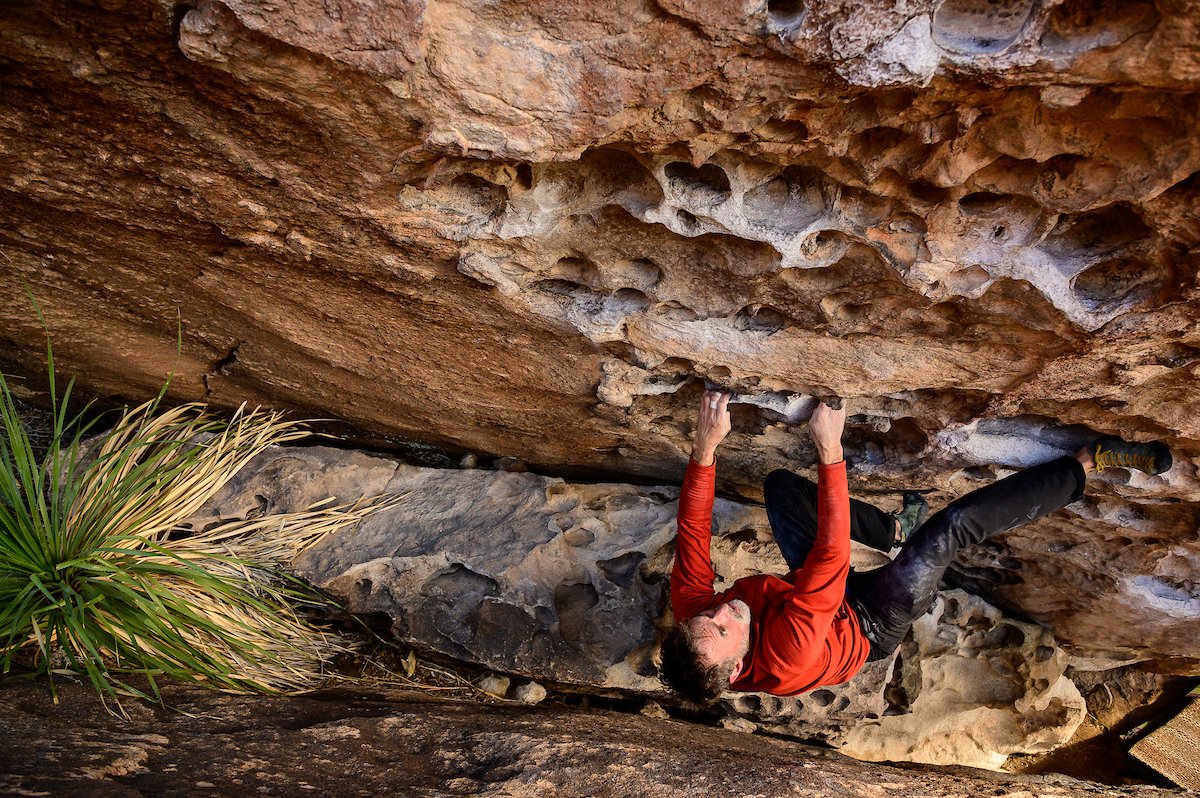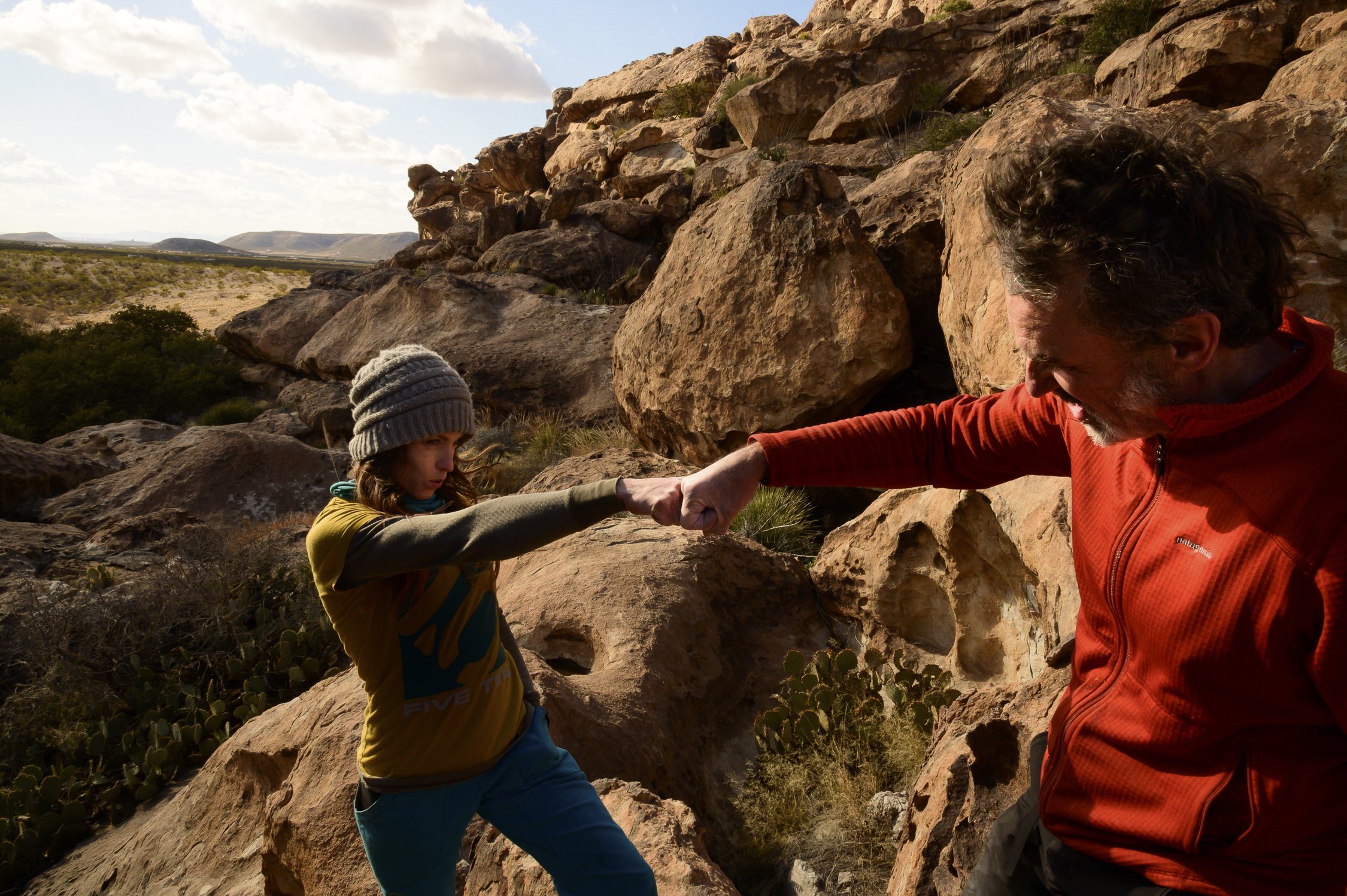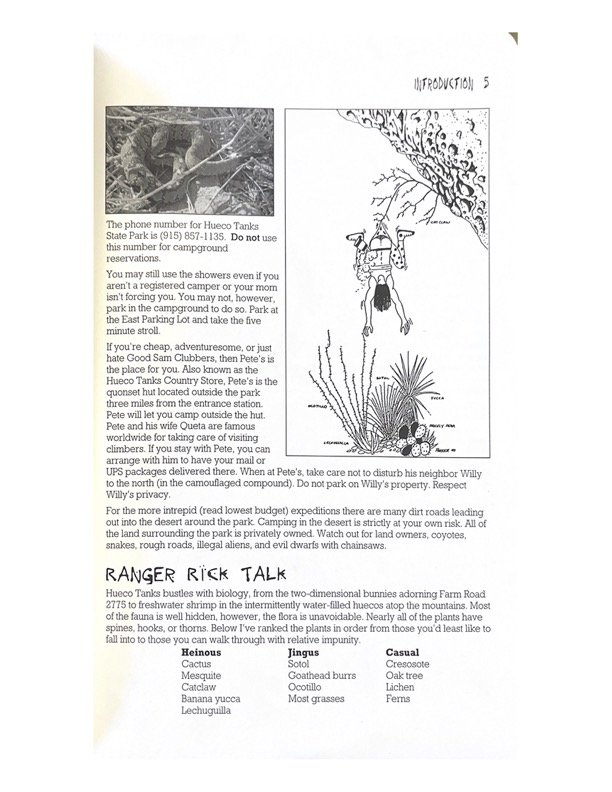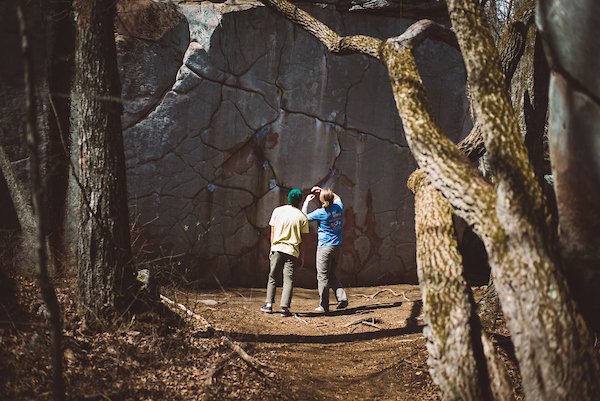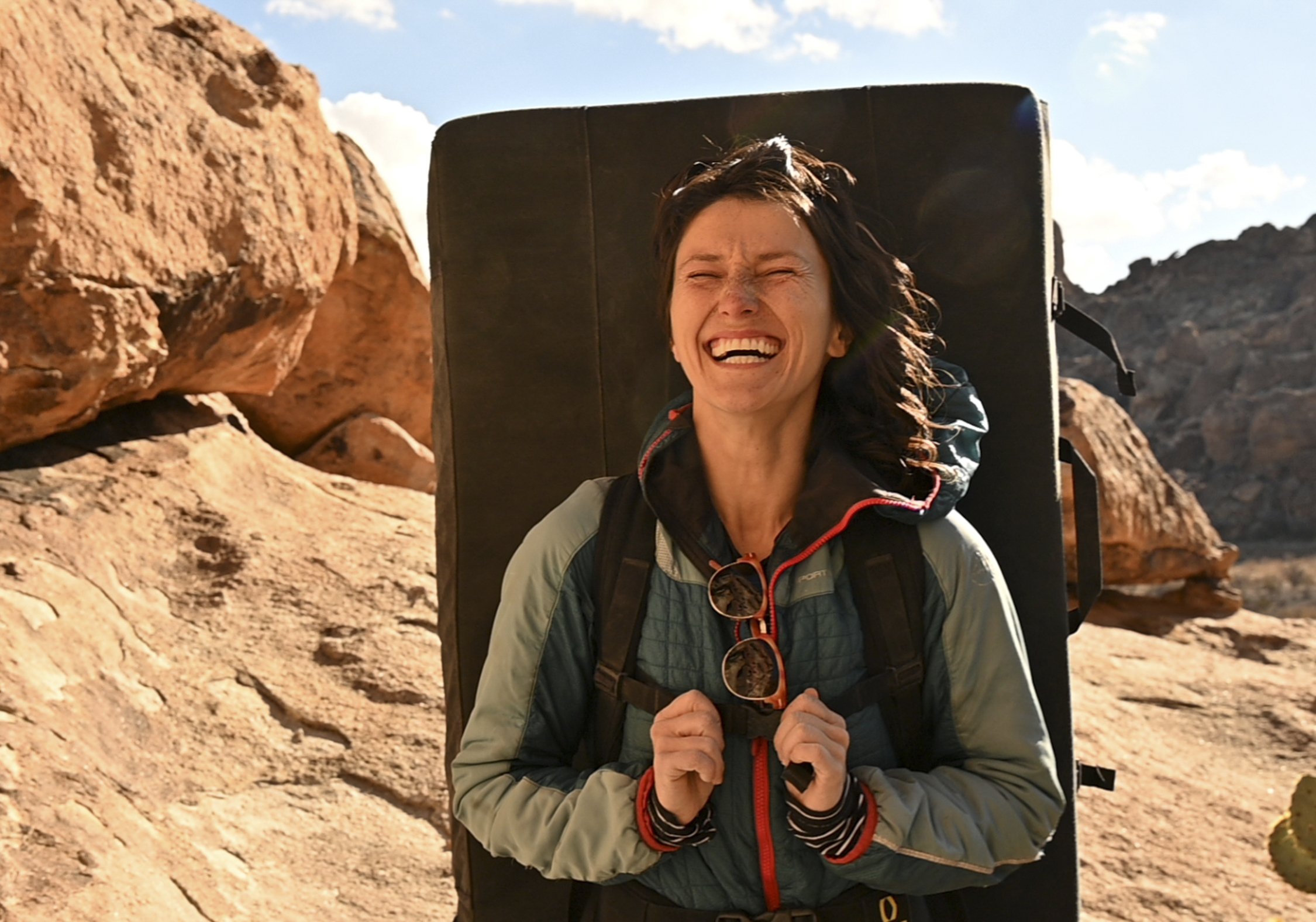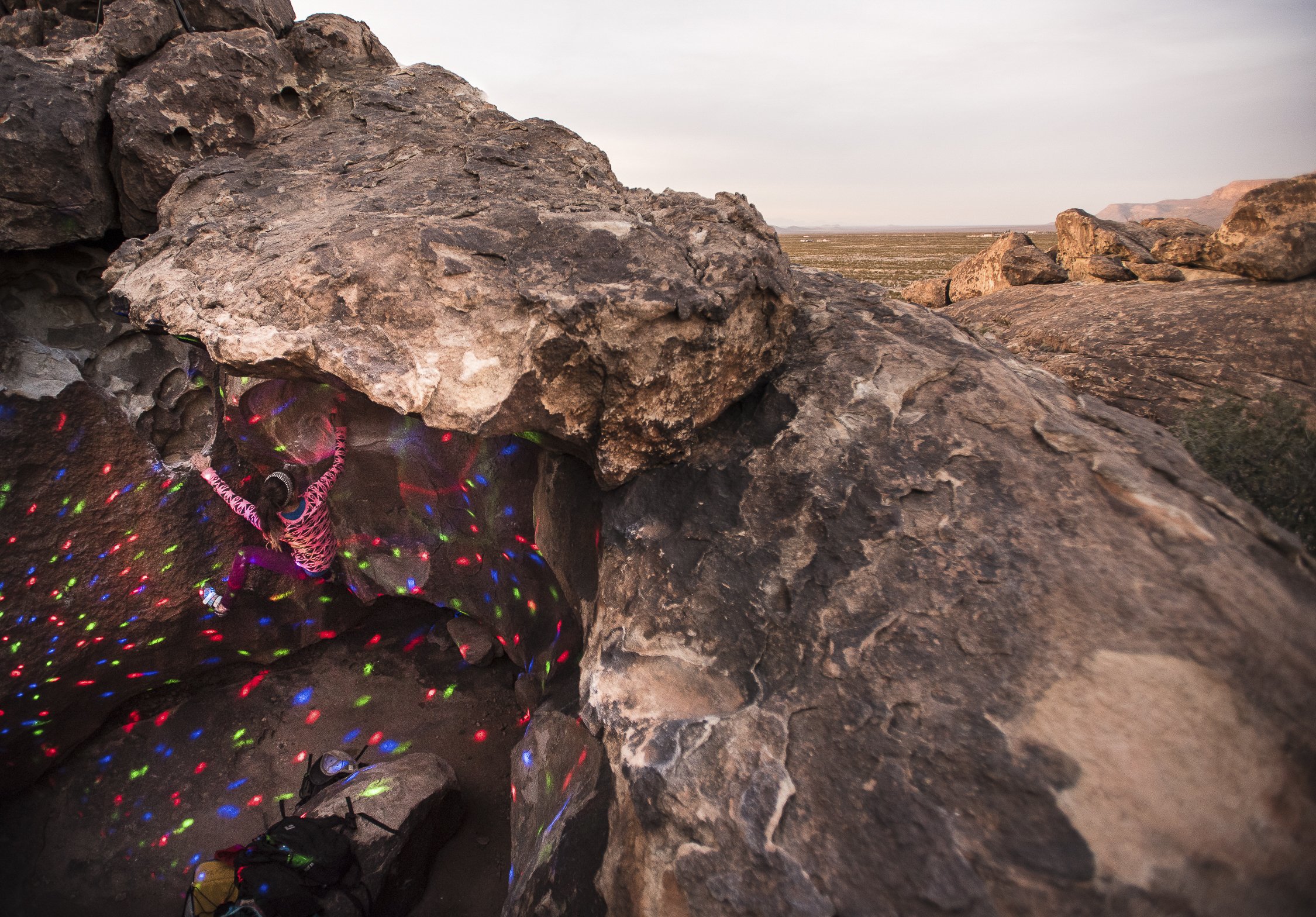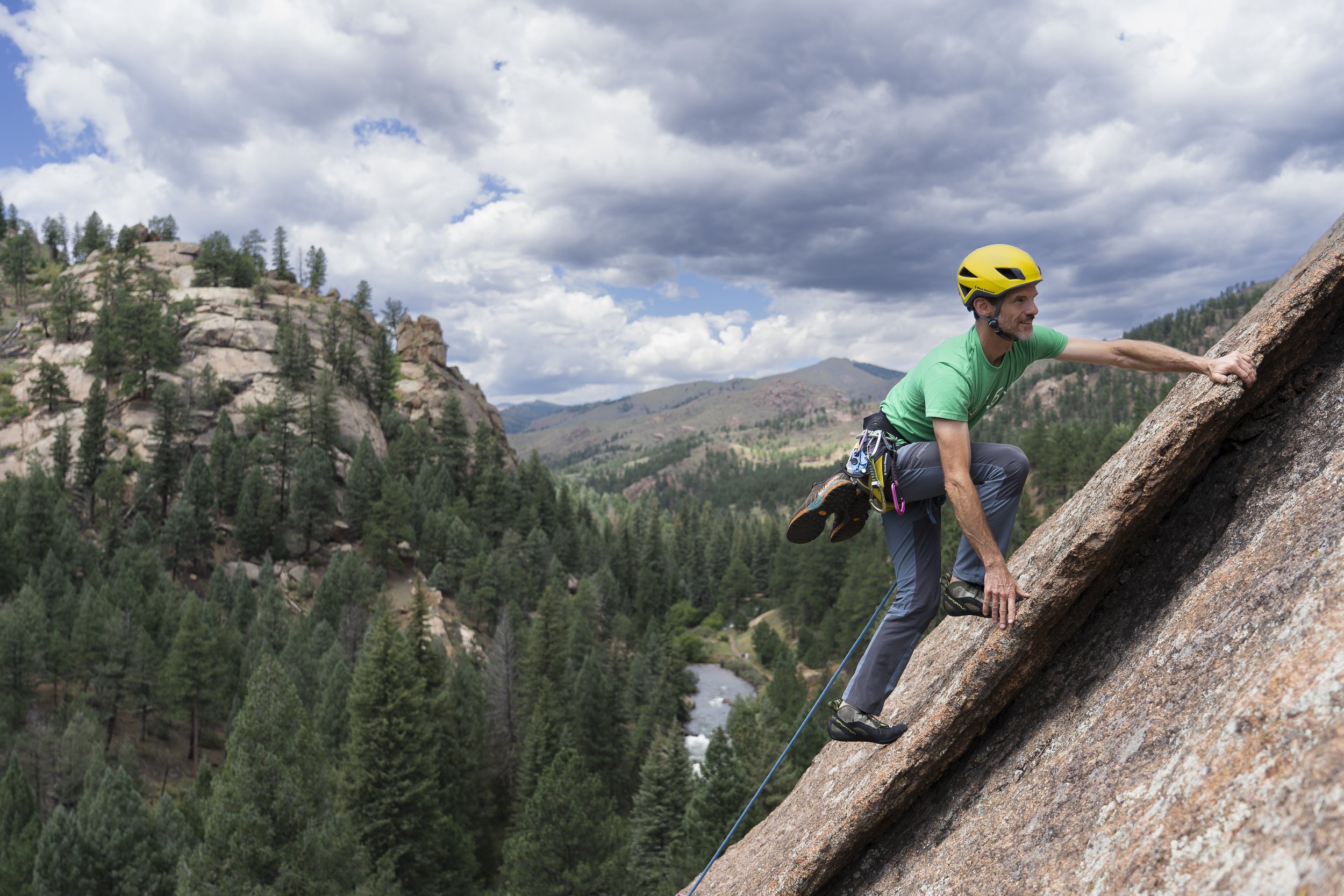Reposted from the press release of Los Padres ForestWatch
Conservation groups filed an appeal on September 19th in the 9th U.S. Circuit Court of Appeals to cancel a controversial logging and vegetation clearing project atop Pine Mountain and Reyes Peak in Southern California’s Los Padres National Forest.
The appeal seeks to protect a remote ridgeline important to Indigenous groups, climbers, hikers, and other outdoor enthusiasts concerned about the future of this popular forest. In 2022, a coalition of conservation organizations filed lawsuits against the Forest Service on the grounds that the logging and chaparral clearing project would violate environmental laws, harm vulnerable wildlife, and do irreparable damage to the ecology of the forest.
“This logging project would devastate some of the most diverse and unique habitats in the Los Padres National Forest,” said Hans Cole, vice president of Environmental Activism at Patagonia. “Pine Mountain is 90 minutes from our headquarters in Ventura and the area is important to our employees and customers because of its outdoor recreation opportunities including rock climbing, hiking and camping. We will continue advocating for more conservation of Los Padres National Forest.”
The appeal seeks to overturn a U.S. Forest Service decision to cut mature trees and grind native chaparral across 755 acres on Pine Mountain. The project area — equivalent in size to 575 American football fields — is on ancestral lands of the Chumash, who call the mountain ‘Opnow. It is historically and culturally important to Indigenous people, popular with locals and tourists for a range of recreational activities, and home to old-growth conifer forests and unique ecosystems.
“Commercial logging and other activities allowed under the Reyes Peak Project would do irreparable harm to vulnerable wildlife and pristine areas of the forest,” said Maggie Hall, Deputy Chief Counsel at the Environmental Defense Center. “This appeal is critical to protect this beautiful natural place and prevent logging companies from exploiting a sacred cultural site.”
“Today’s appeal seeks to hold the Forest Service accountable for exploiting loopholes, disregarding public input, and threatening irreparable damage to one of our region’s last remaining mature and old growth forests,” said ForestWatch executive director Jeff Kuyper. “We are asking the Ninth Circuit to set aside this dangerous approach that places our forests, our climate, and our communities at risk.”
The U.S. Forest Service approved the logging and clearing in 2021 amid widespread criticism, with more than 16,000 people opposing the project. Indigenous groups, ecologists, archaeologists, retired U.S. Fish and Wildlife and Forest Service scientists, local business owners, dozens of conservation organizations, elected officials, and others requested major changes to the project and an environmental review before moving forward. Most commenters were concerned about using heavy equipment to cut large, healthy trees, possibly using a commercial timber sale. Forest Service officials dismissed these concerns and did not make any changes to the project.
“Most of the current science finds that removing trees from forests creates a hotter, drier, and windier microclimate that actually increases overall severity in wildfires,” said Dr. Chad Hanson, forest ecologist with the John Muir Project of Earth Island Institute.
“The climbing areas and landscape at Pine Mountain deserve to be protected and preserved in order to allow future generations to discover and enjoy the many recreational opportunities the area offers,” said Byron Harvison, Director of Policy and Government Affairs at The American Alpine Club. “Pine Mountain's storied history in local climbing lore, as well as its unique topography and biology, deserve a closer analysis before the terrain is changed forever.”
Last year the groups sued the Forest Service in U.S. District Court, saying the project would violate environmental laws, harm vulnerable wildlife, and damage intact roadless areas in the forest. The groups alleged violations of the Healthy Forests Restoration Act, National Environmental Policy Act, Roadless Area Conservation Rule and National Forest Management Act. In July a federal judge ruled against the groups and allowed the project to proceed.
“Pine Mountain represents a uniquely special environment for its high elevation ancient conifers, its views to our offshore islands, and its variety of recreation opportunities,” said Keep Sespe Wild conservation director Alasdair Coyne. “Logging these old growth conifers will do nothing to protect homes from forest fires, as there are no buildings for miles around.”
“Pine Mountain includes some of Southern California’s last remaining roadless areas, including beautiful old-growth forests that provide crucial wildlife habitat,” said Justin Augustine, a senior attorney at the Center for Biological Diversity. “These forests deserve to be protected, not logged. We’re relying on the appeals court to stop this reckless project.”
Groups filing the appeal are Los Padres ForestWatch, Keep Sespe Wild Committee, Earth Island Institute, and American Alpine Club, represented by the Environmental Defense Center; and the Center for Biological Diversity, California Chaparral Institute, and Patagonia Works, represented by the Center for Biological Diversity.

